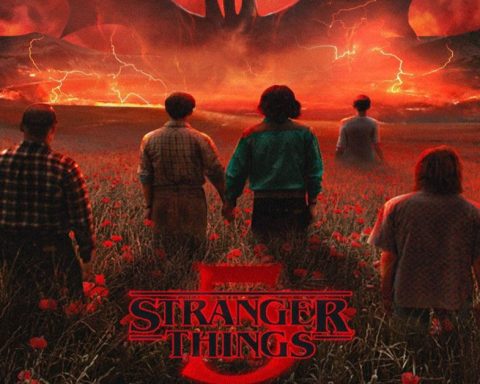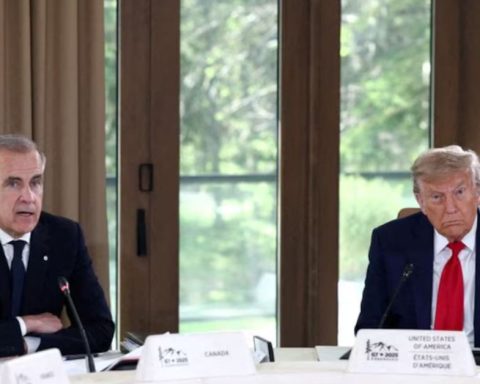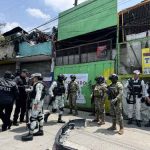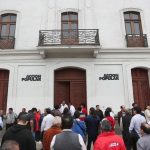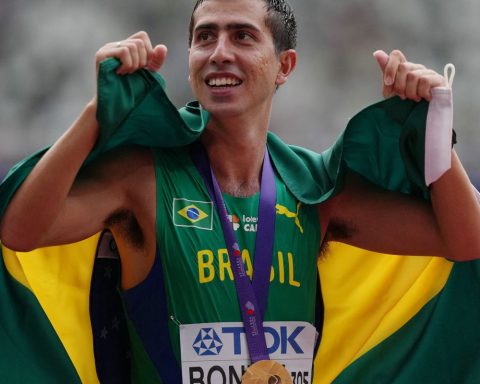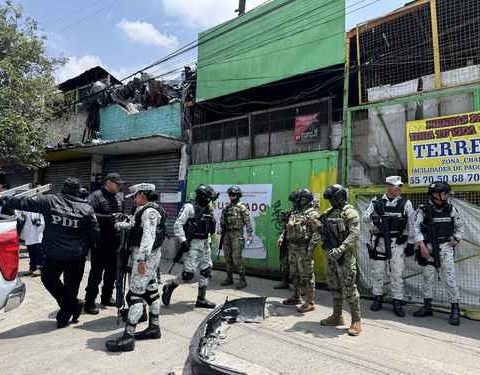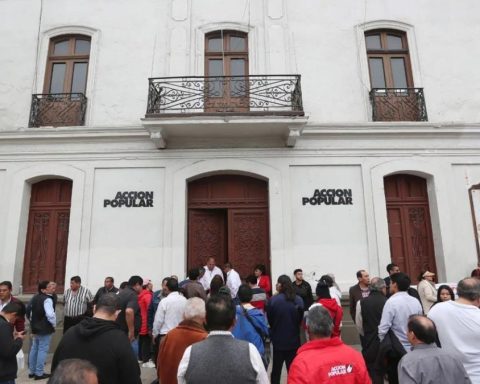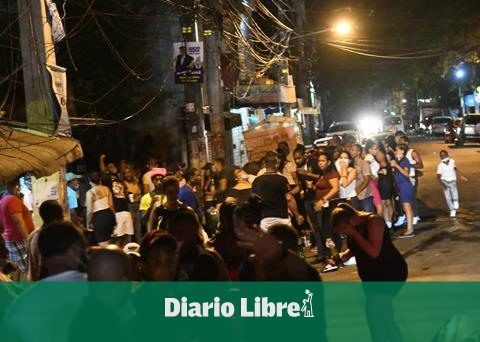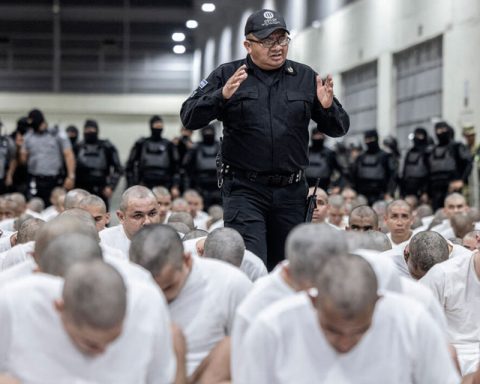April 28, 2024, 1:50 PM
April 28, 2024, 1:50 PM
On October 5, 1860, The New York Times reported on the execution of an American in Honduras. “He marched from his cell to the place of execution with a firm step and unwavering countenance… three soldiers advanced and fired their muskets… scattering his brain and his skull to the wind.”
The shocking extract tells the end of the life of William Walker, a millionaire who invaded several Latin American countries with a private army in order to establish colonies under his personal control.
During his life, Walker managed to take power for almost two years in Nicaragua, where under his regime he established English as the official language, changed the national flag and revoked the liberation of slaves in the country.
Ousted from the presidency, he returned to the United States with hero status, but He chose to return to Honduras to revive his plans. There he was captured, tried and sentenced to death.
Walker, however, left a legacy for the continent: experts interviewed by BBC News Brazil say that Their invasions would help forge a sense of pride and a Latin American identity..
Who was William Walker?
William Walker’s journey began about 2,000 kilometers from the place where he would be executed.
Born in the American state of Tennessee in 1824, he was son of a prominent business couplecoming from a family with strong influence in local politics.
According to John E. Norvell, a history professor at the United States Air Force Academy, who published an article on Walker’s life, he studied medicine, was a journalist and a lawyer, but ended up abandoning these professions.
Soon he began to imagine a career as a “filibuster”, a mercenary who joins an unauthorized military expedition to a country to foment a revolution.
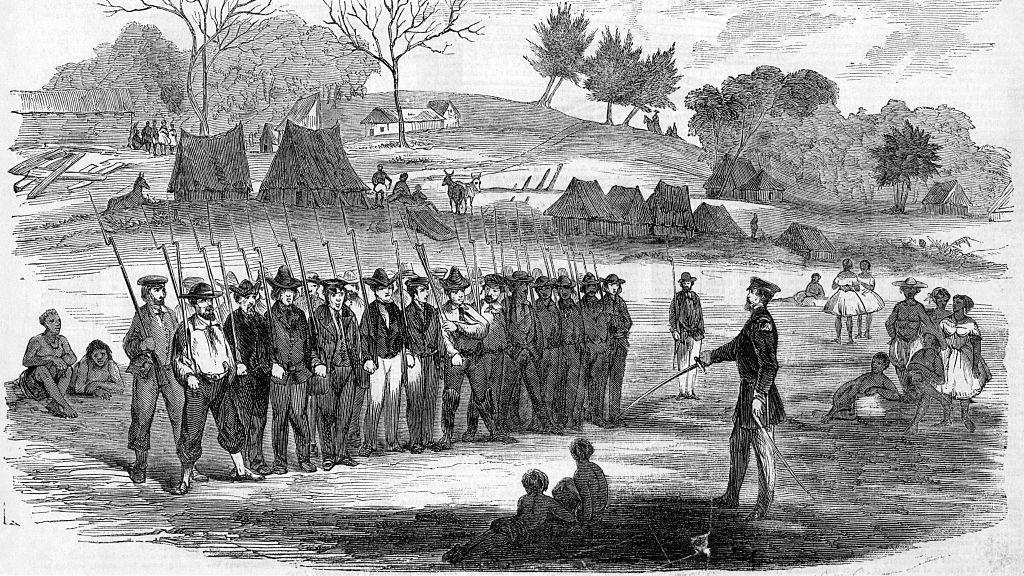
“Walker saw the prospect of going into battle as a great adventure. Perhaps he believed that America’s ‘Manifest Destiny’ (a doctrine according to which the United States would be held responsible for bringing civilization to America) was that of annex the rest of the continent“says Norvell in an article.
“Or perhaps, like the filibuster, Walker imagined himself conquering vast regions of Central America, where he would create new slave states to join the American South,” he adds.
In 1853, Walker He recruited American slave owners and began his campaign in Mexico in search of power and more wealth. “By recruiting American supporters of slavery, he hoped to form an American colony in Mexico that could eventually become part of the United States, as Texas had done before,” Norvell says.
Walker’s mercenary army He conquered two Mexican cities: La Paz and Ensenada. There he was named president of the new “Republic of Sonora.”
But days after the conquest, lack of supplies and unexpected resistance from Mexican troops forced Walker and his army to retreat to the United States.
Dictator in Nicaragua
The setback in Mexico did not stop Walker’s dreams. In 1854, after a civil war broke out in Nicaragua between supporters of the Legitimist party, based in the city of Granada, and the Democratic Party, in León, the leader of the latter, Francisco Castellón, sought military support from Walker.
“These Walker supporters, especially those who supported him in exchange for personal benefits, can be considered part of a local bourgeois class that would benefit from the alliance with foreign interestslike the United States, to the detriment of the autonomous development of their countries,” says Elaine Santos, doctor in sociology and researcher at the Institute of Advanced Studies of the University of São Paulo (USP).
It was the American millionaire’s opportunity to achieve power. The arrival of Walker’s troops change the course of the civil war.
In the book “The filibuster invasion of Nicaragua and the national war”, published by the Central American Integration System (SICA), the author J. Ricardo Dueñas Van Severen details that the North Americans who landed in the city of Realejo and, with the support of local troops, managed to expand their power.
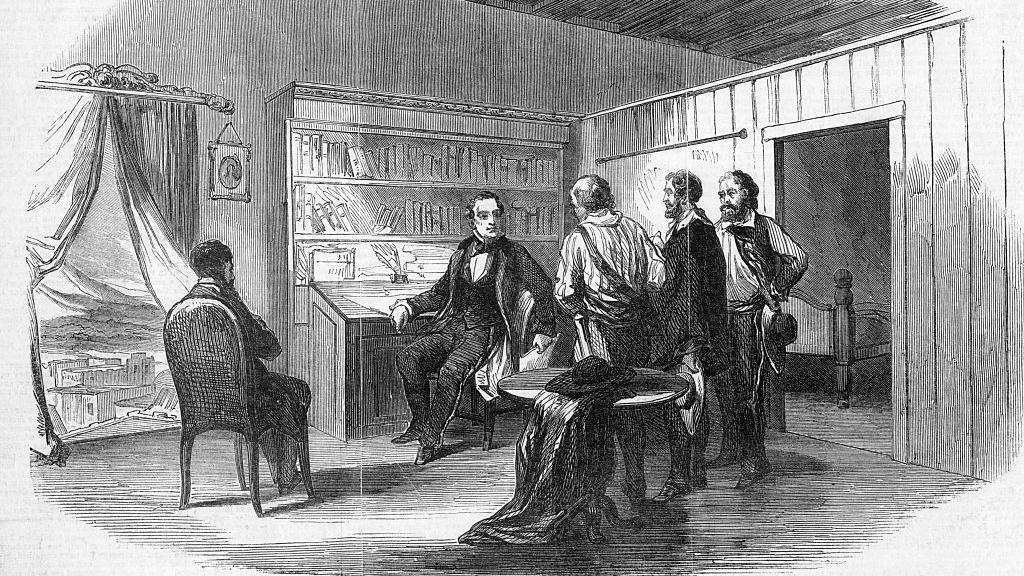
By winning the battle in Grenada against government troops, Walker finally gains control of the country. And in a symbolic vote he is elected president.
“At noon on July 12, 1856, Thirteen months after landing in Realejo, Walker was sworn in as President of Nicaragua in the Plaza Mayor of Granada. Although the omens of tragedy were already clear and dark clouds loomed over Walker’s head, this was the moment of greatest triumph for the invader and the moment of greatest humiliation for Nicaragua and Central America,” states the author.
Walker began bringing customs and policies from the United States to Nicaragua. Governing by decrees, He chose to reestablish slavery, instituted English as the official language, encouraged the arrival of Americansin addition to changing the constitution and the country’s flag.
“In his most controversial and debated action, he established slavery in Nicaragua, which was probably an attempt to attract American southerners to his cause. More broadly, Walker wanted the region to be incorporated into the United States in some way,” says Marshall C. Eakin, a history professor at Vanderbilt University in the United States.
Walter saw in the decree that declared that all the assets of the “enemies of the State” would be confiscated in favor of the Republic, and that a Special Board would be in charge of taking possession, directing and deciding on the sale or transfer of the confiscated assets. , as an opportunity to distribute land among his compatriotsexplains Severen.
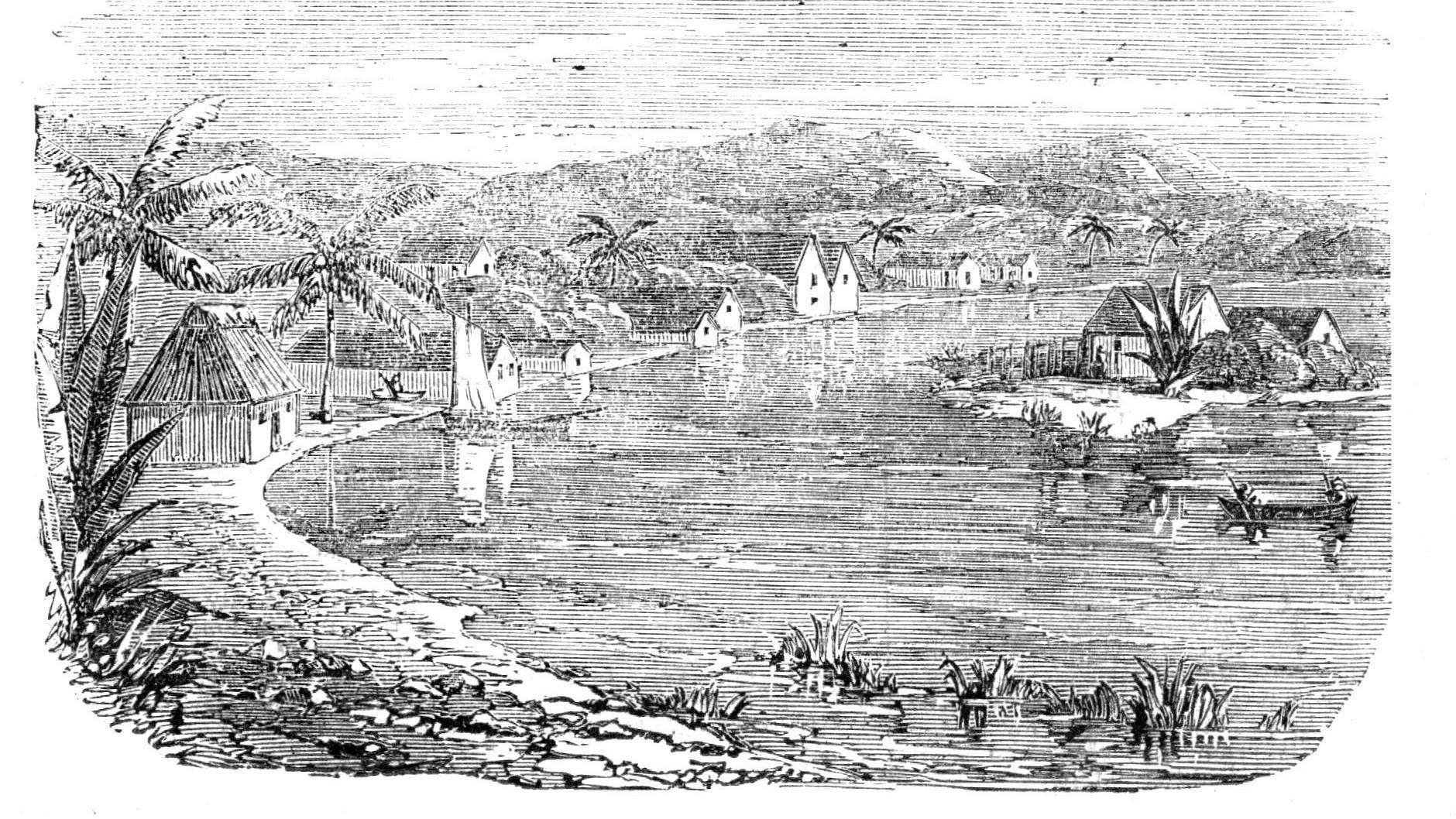
His government was quickly recognized by Washington given the economic importance that access to the Pacific, via Nicaragua, had for the United States.
“Since 1849, California and the West acquired a new importance for the United States. Since there was no interoceanic route connecting the Atlantic and Pacific oceans, an important trade route between New York City and San Francisco, which passed through Nicaragua. “The ships left New York bound for Nicaragua, where people and goods were transported by water and land to the Pacific to be sent to San Francisco,” says Norvell.
The execution
The victory of Walker’s army and its power would not last long. Almost two years after taking power, a troop of exiled Nicaraguans joined troops from Central American countries, as well as to mercenaries financed by other Americans with businesses opposed to Walker to overthrow him from power.
Unable to contain the momentum of the troops opposing his regime, Walker is expelled from Nicaragua and returns to the United States with hero status. There he writes a book called “The Nicaraguan War” and begins to recruit new allies. He does not stay long in the northern lands.
His plan was still alive and, Three years later, he landed in Honduras for a new coup adventure.
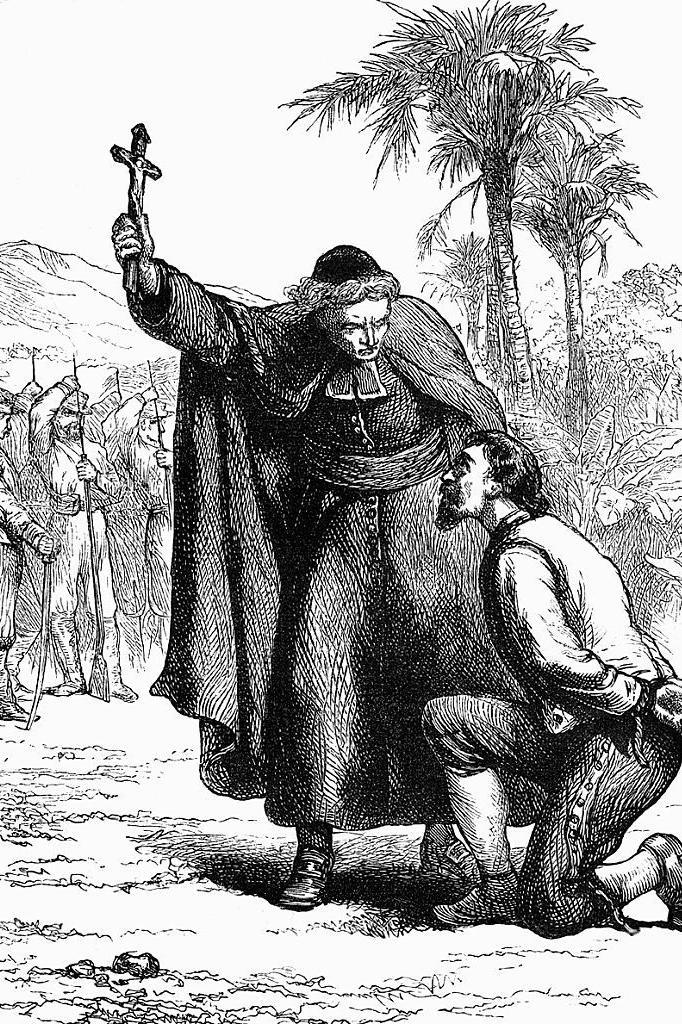
Considered a danger by the British, Walker is arrested by an English commander whose ship was protecting British interests in the region and It is delivered to local authorities in Trujillo.
“The English captain Salmon, accompanied by forty men, sails upriver in two small boats. When he reaches Walker, he urges him to surrender and warns him that he is surrounded by Honduran troops,” says Severen in his book.
walker He ends up being quickly sentenced to death by the Honduran authorities and shot dead by troops loyal to the Honduran government.
Latin American symbol
“Walker is now considered the epitome of the ruthless and adventurous American imperial agent. In Central America, it symbolizes American imperial efforts in the 19th century,” Eakin says.
For Elaine Santos, from USP, the invasions promoted by Walker reinforced a nationalist sentiment, related to sovereignty and independence in the region.
“I think that its history and its incursions rThey reinforced the premise, especially in Central America, of the ‘dangers’ of imperialism and the importance of being attentive to external threats.“, it states.
According to Santos, there is still a parallel to be drawn today.
“To make a comparison of our historical time, we can say that, just as William Walker recruited mercenaries to support his attempts to take control of Central American countriesElon Musk has his own ‘digital mercenaries’ who promote his agenda in the virtual world.”
“In the same way that Walker’s intervention in Central American politics generated reactions from neighboring countries and had consequences for the region as a whole, Musk’s influence on the national politics of countries like Brazil can be seen as a concern for political stability and the autonomy of democratic institutions,” he concludes.

Beam click here to read more stories from BBC News Mundo.
And remember that you can receive notifications in our app. Download the latest version and activate them.


